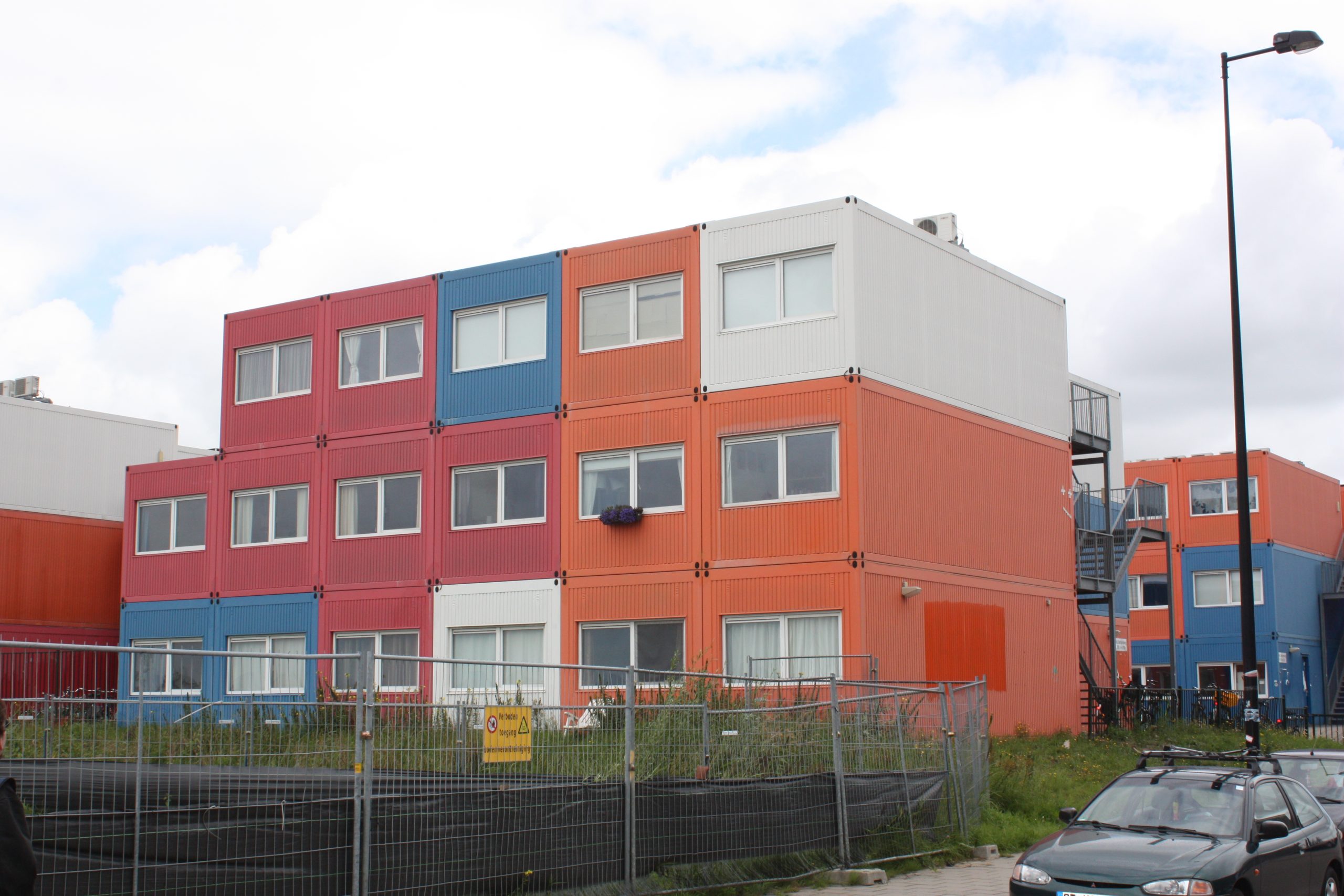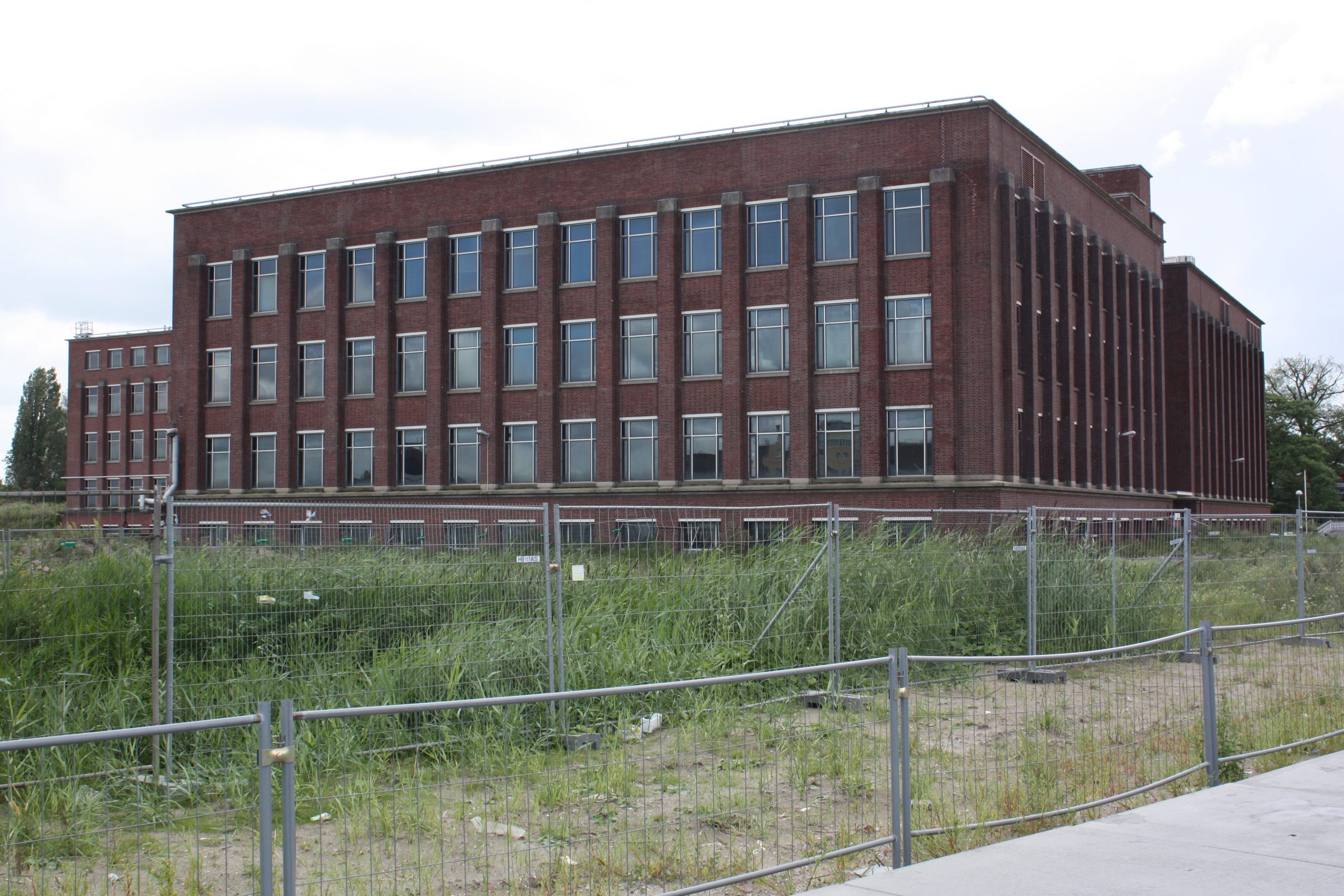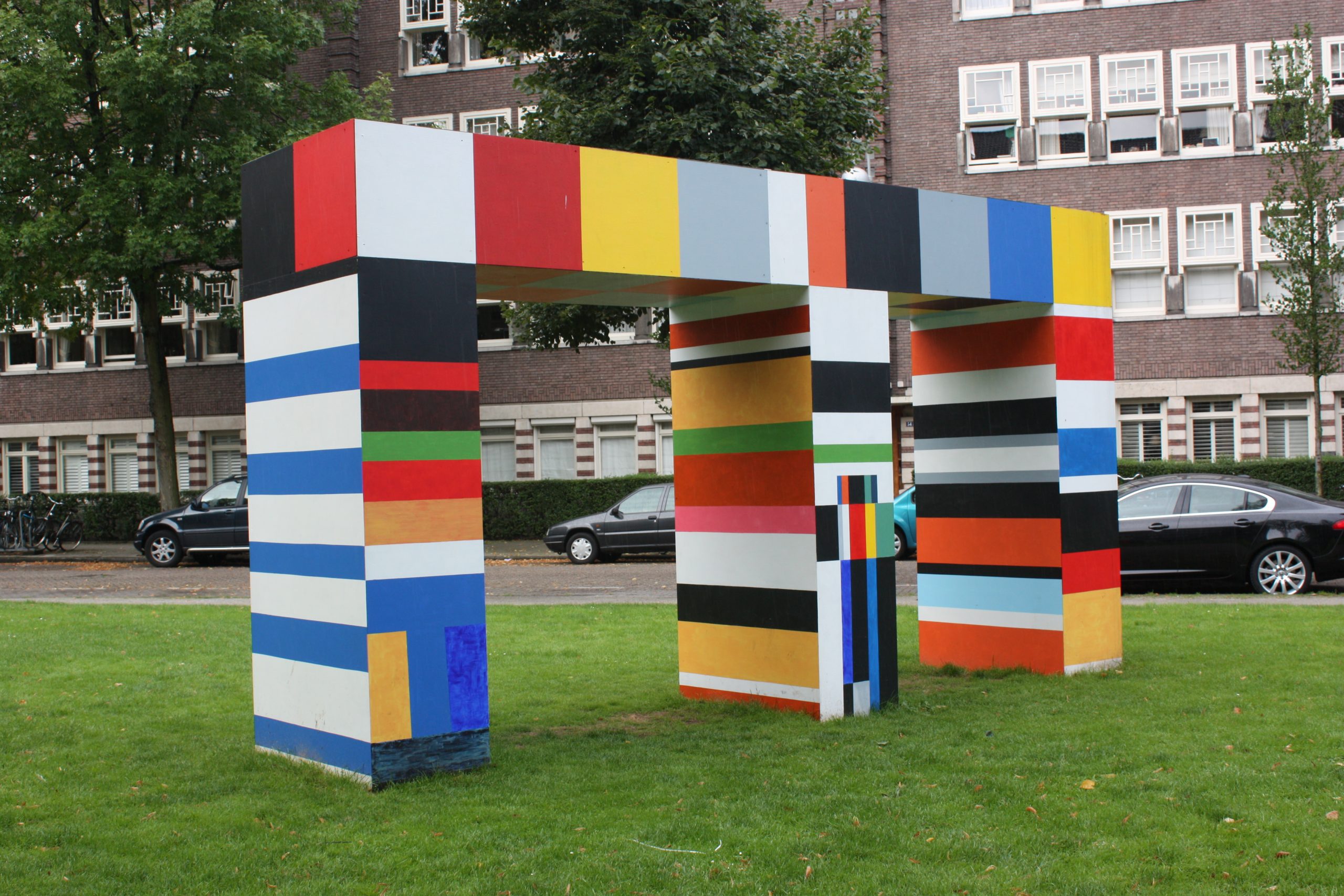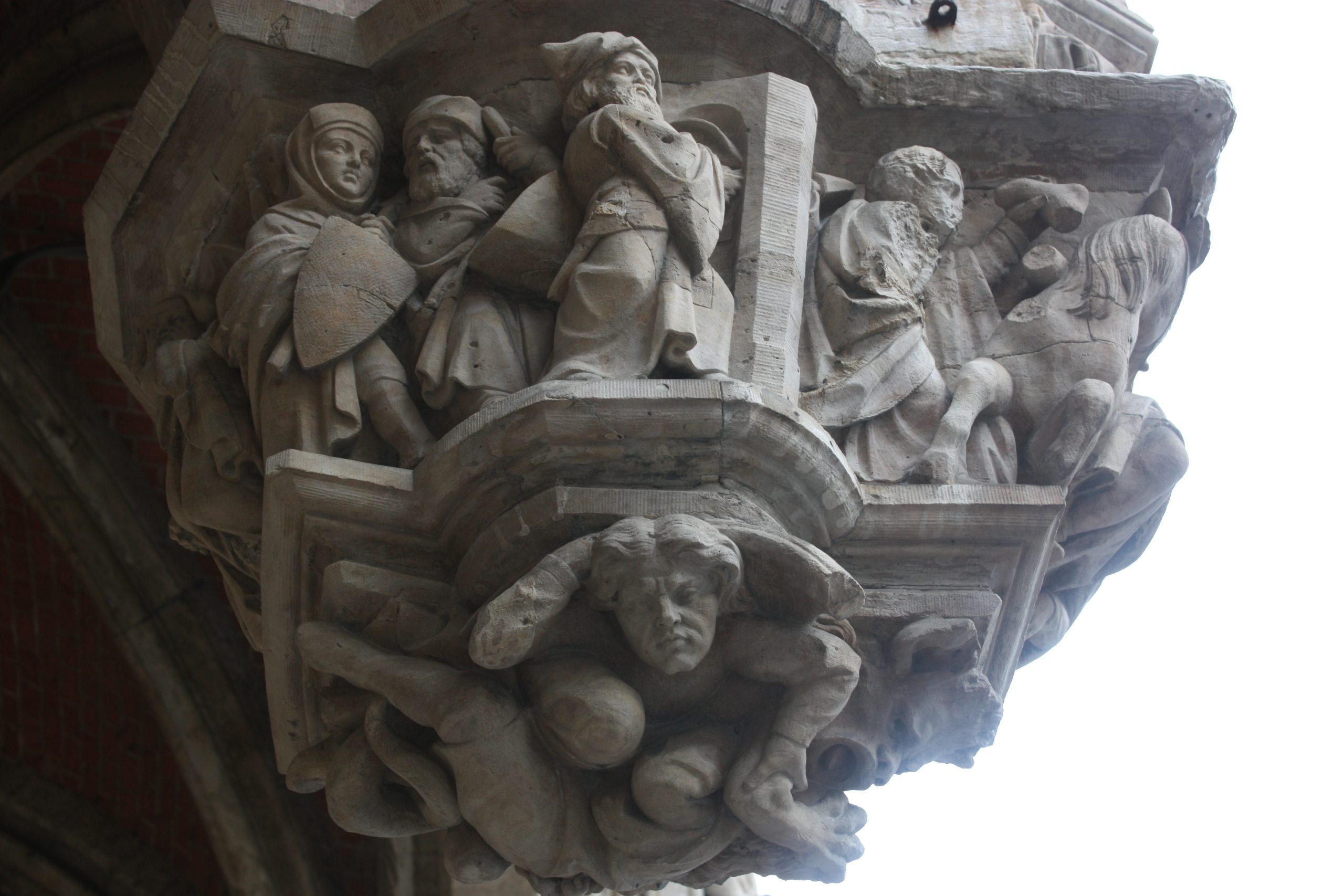I haven’t written anything in my blog for a couple of months
now as I’ve had a massive creative block.
My creative juices were flowing freely until after we got back from
Europe, I came down with a virus which put everything on hold. Not just my uni
studies, but house work, office work, absolutely everything. My precious
Vauxhall Gardens has even come to a stop but luckily I have created the
majority of the structures and plants needed to complete the project. On top of
this, my son’s childhood friend is returning to live with us in a couple of months’
time. Which means the boys (well not really boys they’re nearly 20) will need
more room than just Tom’s bedroom to hang out and have fun, so I am giving up
my beloved studio for them. But this means I have to move out of my studio into
a room that is only one third of the size say on top of being unwell creatively
blocked I now had the prospect of moving 10 years’ worth of collected fabrics
paint craft items and sundry stuff into a room one third of the size. No wonder
I can’t be creative.
In my writing unit of the first semester, we spoke about
creative block or writers block as they call it, and the ways in which you can
get around or remove it. We discussed many ideas like; exercising, taking a
shower, going out, or cleaning the house. I usually find that my creative
blocks are caused by unfinished business, yet I couldn’t quite put my finger on
what it was that was bothering me. So determined, I plunged into moving my studio
into the smaller room. Creating havoc and mayhem in my house, and uncovering
long lost treasures buried deep within the boxes and draws of the gathered
stuff. Luckily, my gorgeous son was a willing participant in helping his poor
old mum sort through and rationalise the mountain like piles dotted around the
house. A garage sale this weekend should sort most of that out.
It was while I was cleaning up after myself, but I realised
my creative block was at my own doing; I had things that needed completing, I
had procrastinated about many things before we went to Europe, doing the
typical Aussie thing, “she’ll be right mate”. When in reality they
obviously aren’t.








